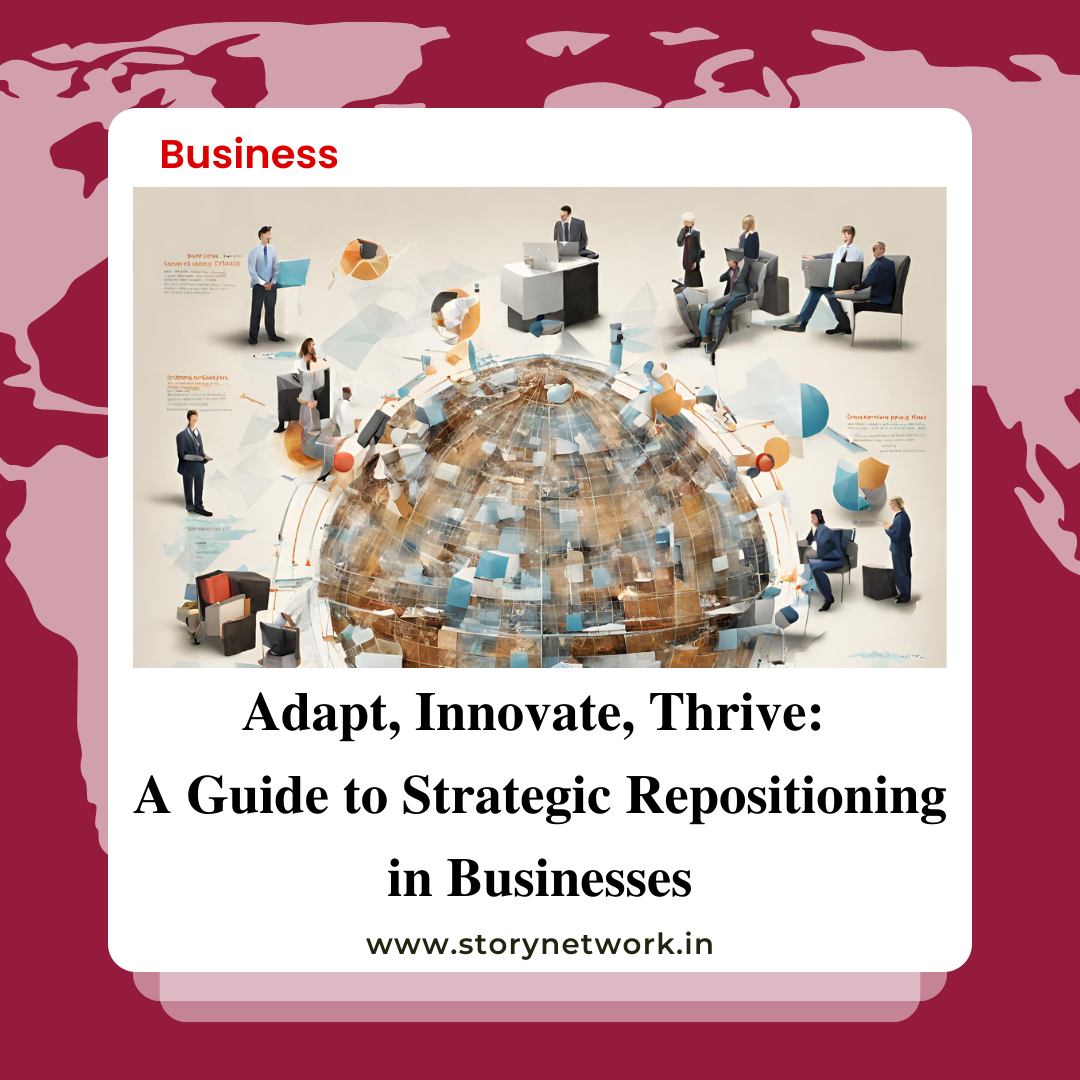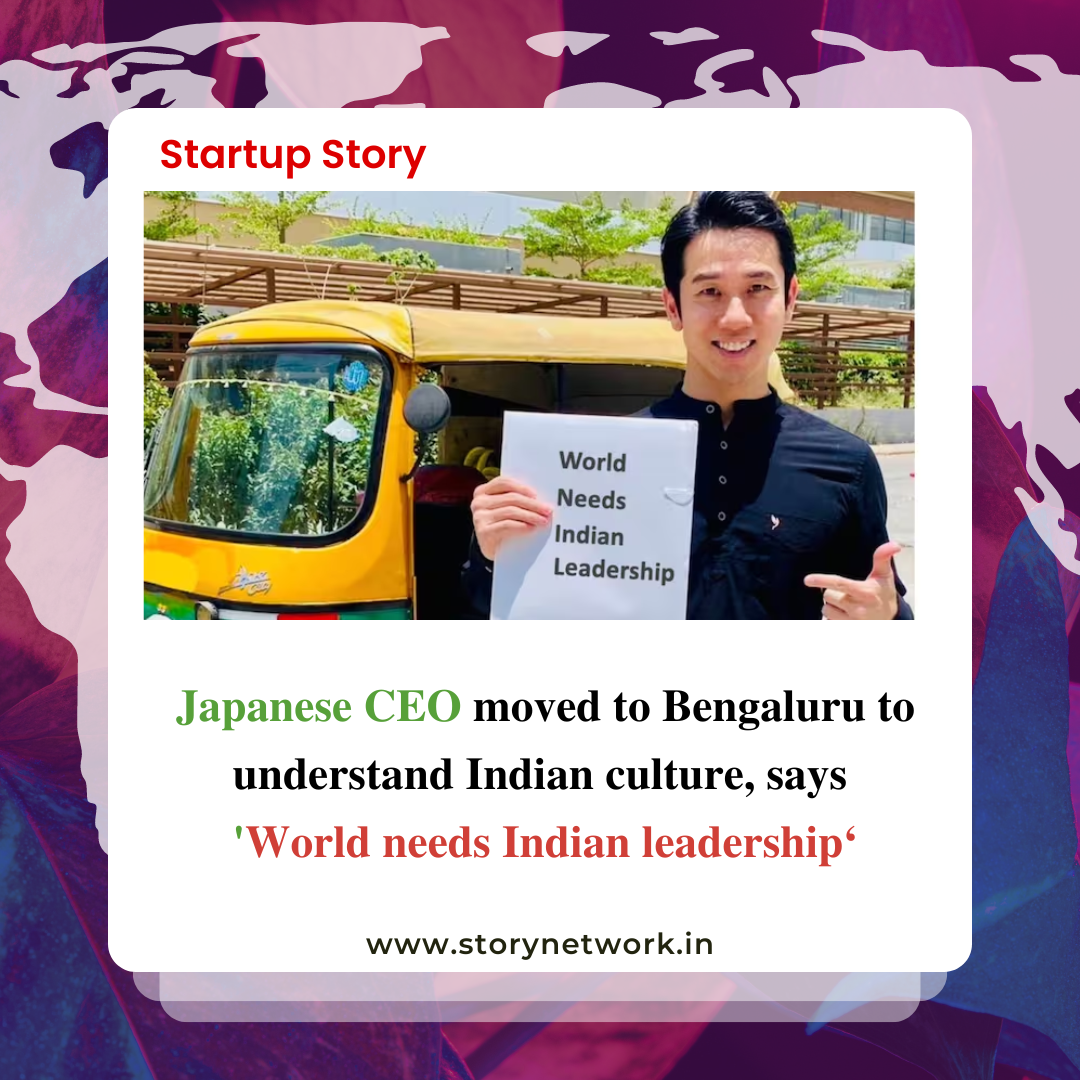Strategic Repositioning: Navigating the Shifting Tides
In the fast-paced economic landscape of today, businesses find themselves in a perpetual dance with change. Strategic repositioning emerges as a compelling strategy—a compass for ailing businesses seeking not just survival but a robust resurgence. This lead delves into the intricacies of this art of reinvention, offering a comprehensive guide for entrepreneurs to navigate the shifting tides.
Reassessing Market Presence:
The first pillar of strategic repositioning involves a meticulous examination of the existing market presence. This encompasses a thorough analysis of the competitive landscape, consumer behavior trends, and emerging market forces. By leveraging data analytics and market intelligence tools, businesses can gain profound insights into their strengths, weaknesses, opportunities, and threats, paving the way for informed decision-making.
Identifying New Niches:
In the dynamic milieu of business growth, new niches and untapped market segments often hold the key to revitalization. This aspect of the lead advocates for entrepreneurs to venture beyond their conventional boundaries, exploring uncharted territories where their products or services might find resonance. By identifying and capitalizing on emerging trends or addressing underserved needs, businesses can position themselves as innovative market leaders.
Tailoring Offerings to Meet Evolving Demands:
Adaptability is the hallmark of successful businesses, and this lead emphasizes the importance of aligning offerings with the ever-evolving demands of the market. It encourages businesses to conduct in-depth customer surveys, gather feedback, and proactively anticipate changes in consumer preferences. Armed with this intelligence, entrepreneurs can tailor their products or services to not only meet but exceed the expectations of their target audience.
Embracing Technological Advancements:
Strategic repositioning is inseparable from embracing technological advancements. From integrating advanced data analytics tools to adopting artificial intelligence and machine learning applications, businesses can leverage technology to optimize operations, enhance customer experiences, and gain a competitive edge. This facet of the lead underscores the symbiotic relationship between technological innovation and strategic repositioning.
Cultivating a Culture of Innovation:
Reinvention thrives in an environment that fosters a culture of innovation. Entrepreneurs are encouraged to instill this culture within their organizations, empowering employees to contribute ideas, experiment with new approaches, and challenge traditional norms. By doing so, businesses can tap into the collective creativity of their workforce, fueling the strategic repositioning process with a continuous flow of fresh perspectives.
Collaborating with Industry Experts:
In the quest for strategic repositioning, collaboration emerges as a potent strategy. Businesses are urged to seek partnerships with industry experts, research institutions, or even other businesses undergoing successful repositioning. This collaborative approach opens avenues for shared knowledge, resources, and insights, accelerating the process of adaptation and transformation.
Communicating the Repositioning Narrative:
The final layer of strategic repositioning involves effective communication. Businesses need to craft a compelling narrative around their reinvention journey and transparently communicate this to stakeholders, customers, and employees. This transparency builds trust, instills confidence, and positions the business as a dynamic entity capable of navigating change with resilience.
In essence, strategic repositioning transcends mere survival—it is a proactive response to the dynamic economic landscape of today’s business cities. By reassessing market presence, identifying new niches, tailoring offerings, embracing technology, fostering innovation, collaborating, and communicating effectively, businesses can not only weather the shifting tides but emerge stronger, more relevant, and ready for sustained growth.
Read more:
Chalo Mobility: Flicking the Travel Landscape with 115 Million Rides and Counting
Coding at 60, App at 82: The 1-2 Punch of Masako Wakamiya’s Digital Journey
From Dropout to Sneaker Mogul: Vedant Lamba’s Unconventional Path to a 100 Crore Empire
Dolls as Cultural Ambassadors: Zankla Studio by Kirat Brahma’s Role in Bridging Societal Gaps
- Check out our section dedicated to India, where we celebrate inspirational changemakers, explore innovation, entrepreneurship, and sustainability, and delve into the impact of social and governance initiatives. From startups to Art & Culture, Education, Sports, Travel, Health, Lgbtqia+ spotlights, Reading & Books, Entertainment and lifestyle, our insightful articles provide valuable insights for small businesses and curious minds alike.





